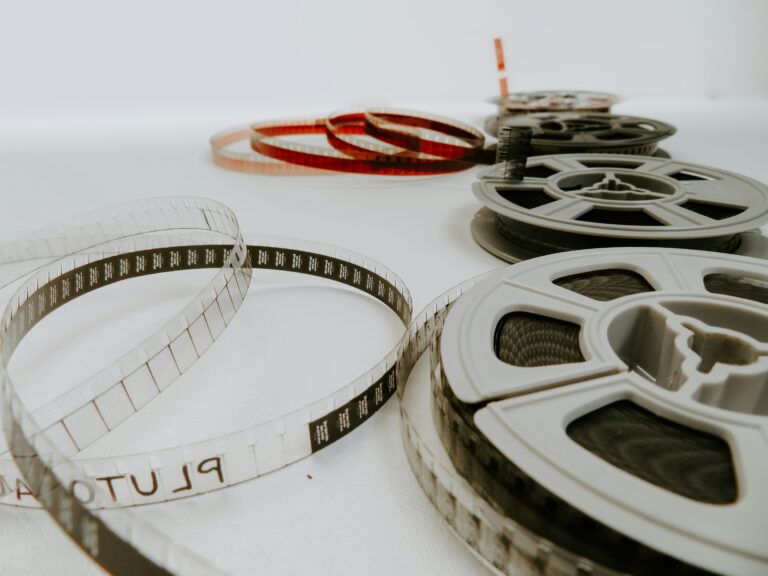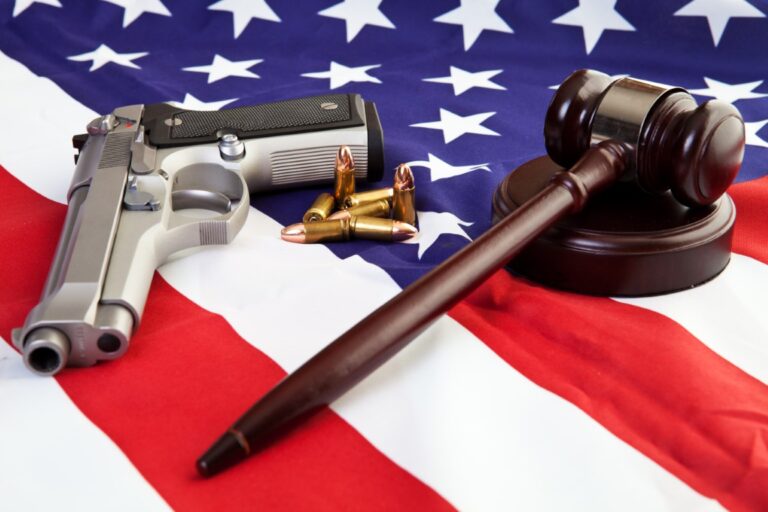The Critical Imperative of Gun Safety on Movie Sets: A Comprehensive Examination
In the realm of filmmaking, the line between fiction and reality often blurs, creating a cinematic experience that captures the audience’s imagination. However, behind the scenes, the use of firearms in movies demands a stringent focus on safety protocols. The tragic events that occurred on the set of the film Rust in 2021, where cinematographer Halyna Hutchins lost her life due to a firearm accident, highlighted the critical need for a robust emphasis on gun safety in the film industry. This article delves into the paramount importance of gun safety on movie sets, exploring the multifaceted aspects of training, communication, and technology that can prevent such devastating incidents from occurring again.
The Reality of Movie Firearms
In the world of film, firearms are essential props used to enhance storytelling, create tension, and captivate audiences. While these weapons are replicas, they are meticulously designed to appear and function as real guns do. This deceptive realism, while crucial for cinematic authenticity, also poses a significant risk if not handled with extreme care.
Comprehensive Training and Education
One of the cornerstones of ensuring gun safety on movie sets is comprehensive training for everyone involved. This includes actors, directors, cinematographers, prop masters, and all crew members who might come into contact with firearms during filming. Training should cover fundamental gun safety rules, proper handling techniques, and emergency procedures.
Additionally, actors must undergo specialized firearm training to familiarize themselves with the specific weapons they will be using in the film. This training should encompass proper stance, grip, and trigger control, empowering actors to portray their characters realistically while maintaining safety.
Effective Communication and Protocols
Clear and concise communication is vital on a movie set, especially when firearms are involved. A designated firearms safety officer should be appointed to oversee all aspects of gun safety. This individual plays a pivotal role in ensuring that everyone adheres to safety protocols and guidelines.
Moreover, establishing a standardized set of procedures for handling firearms is essential. This includes protocols for checking and double-checking weapons before and after use, as well as guidelines for storage and transportation. By institutionalizing these procedures, the risk of accidental discharge or mishandling can be significantly minimized.
Technological Innovations in Gun Safety
In recent years, advancements in technology have paved the way for innovative solutions to enhance gun safety on movie sets. The development of smart guns, equipped with biometric or RFID (Radio Frequency Identification) technology, could revolutionize the industry. These guns can only be fired by authorized users, reducing the risk of unauthorized access and accidents.
Additionally, the use of CGI (Computer-Generated Imagery) can provide a safer alternative to practical effects. Through sophisticated visual effects, filmmakers can create realistic gunfights without the need for live firearms on set. While this approach requires skilled post-production work, it significantly diminishes the risks associated with handling real or replica guns during filming.
The Human Element: Responsibility and Accountability
Ultimately, the responsibility for gun safety on movie sets falls upon the shoulders of every individual involved in the production. Actors, directors, prop masters, and crew members must be vigilant and accountable for their actions. This collective commitment to safety can create a culture of awareness and responsibility, ensuring that everyone remains cautious and focused when firearms are present.
Furthermore, incidents like the one on the set of Rust have underscored the need for increased accountability within the industry. Strict adherence to safety guidelines, along with regular audits and evaluations, can hold productions accountable for maintaining the highest standards of safety.
Conclusion
Gun safety on movie sets is not just a necessity; it is an ethical and moral obligation. The tragic accidents that have occurred in the past serve as a stark reminder of the potential consequences of negligence. By investing in comprehensive training, effective communication, technological innovations, and fostering a culture of responsibility, the film industry can create an environment where creativity thrives without compromising the safety of its participants.
As filmmakers continue to push the boundaries of storytelling, they must do so with an unwavering commitment to the well-being of everyone involved. By embracing the lessons learned from past incidents and implementing robust safety measures, the film industry can ensure that tragedies like the one on the set of Rust become a thing of the past, allowing filmmakers to focus on their craft while safeguarding the lives of those who bring their visions to life.





